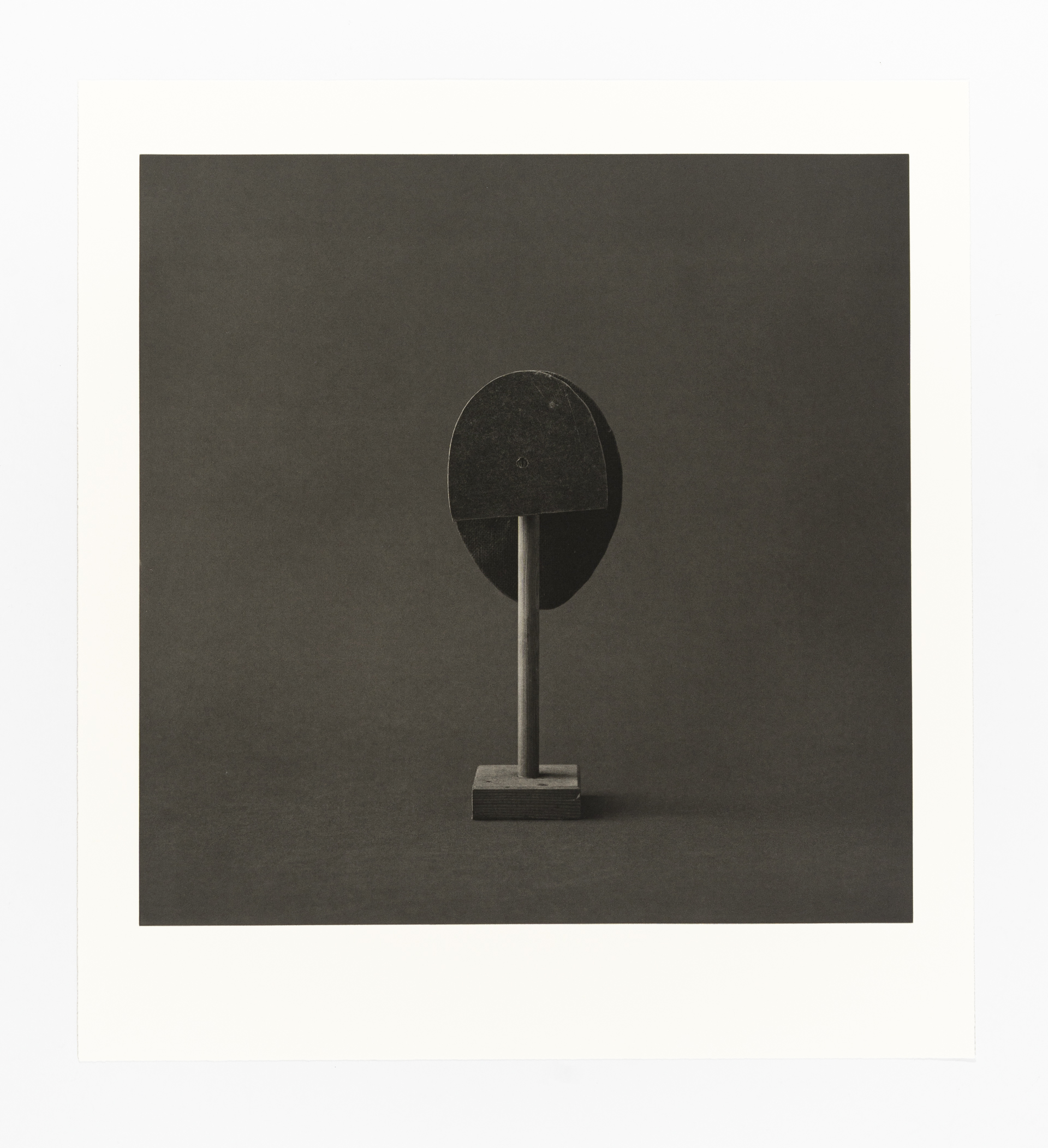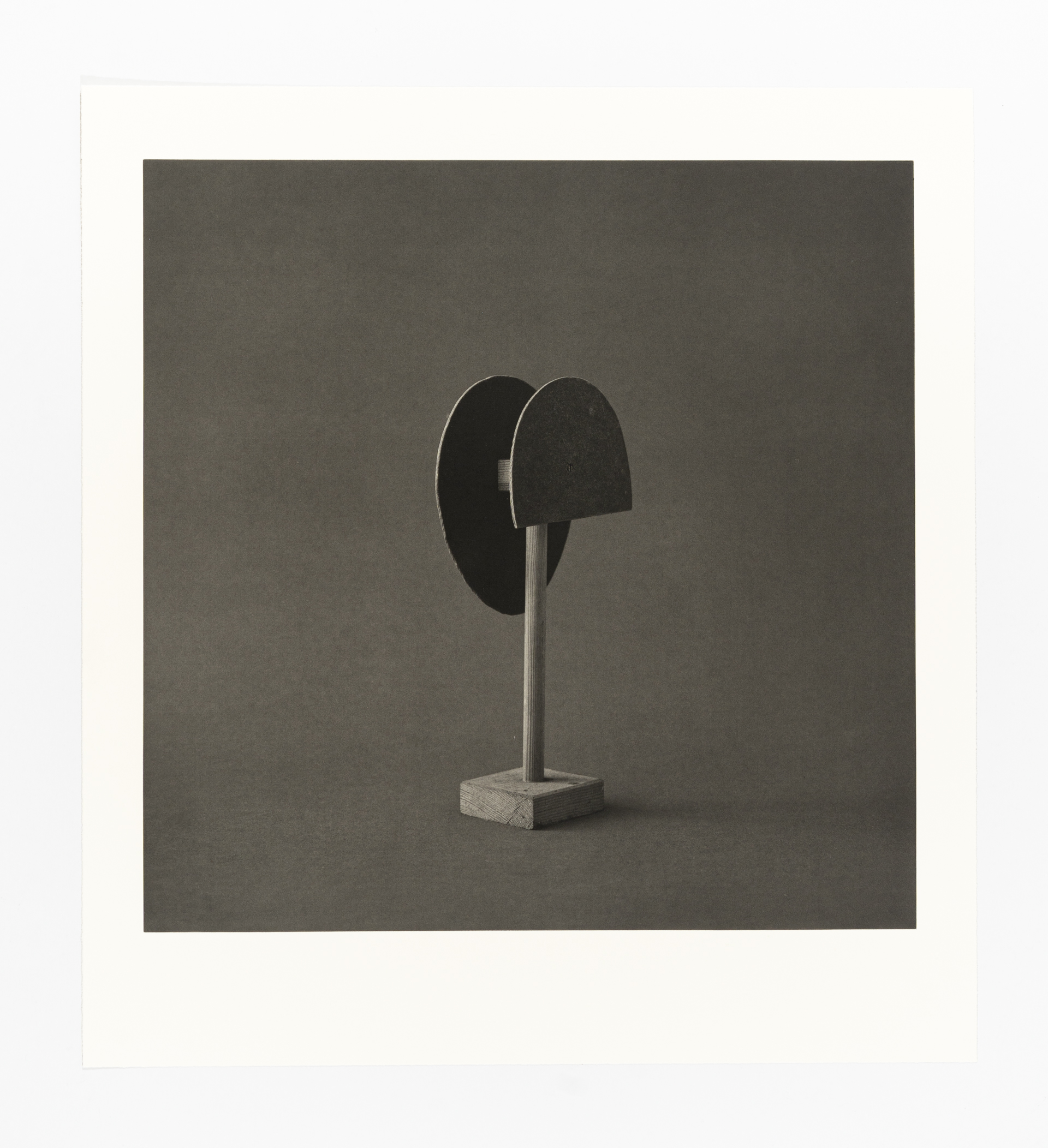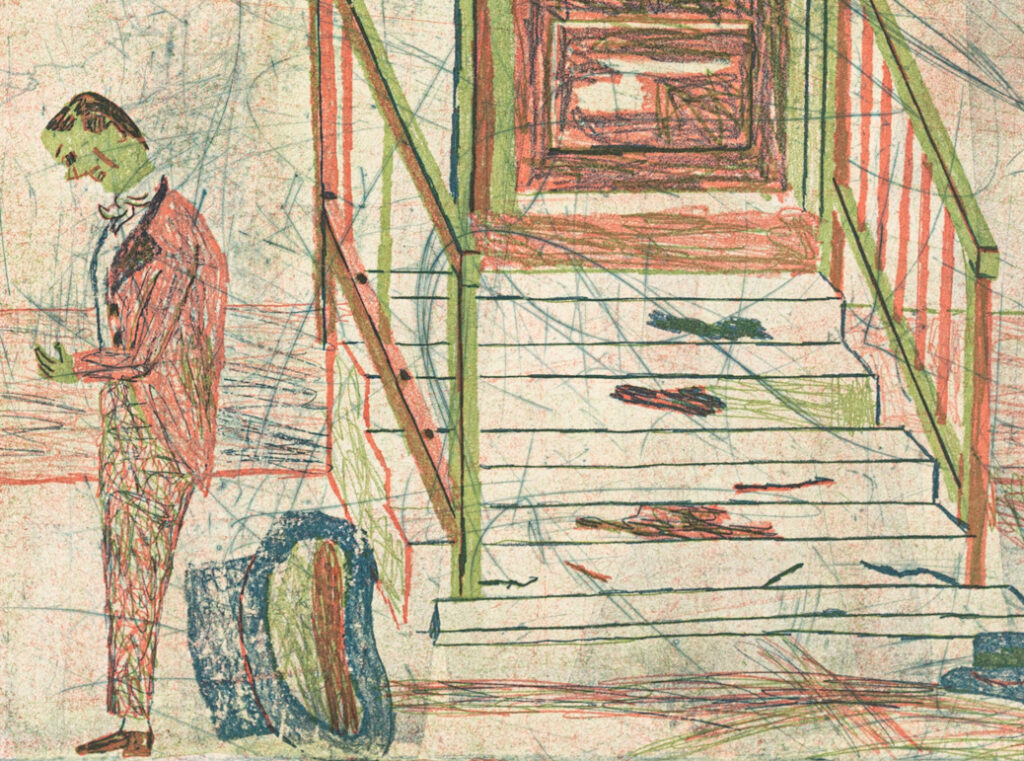Søndergaard is interested in untold stories, the hidden and unseen – and in finding and granting these stories visibility and significance.
Trine Søndergaard | Blind Side
Inquire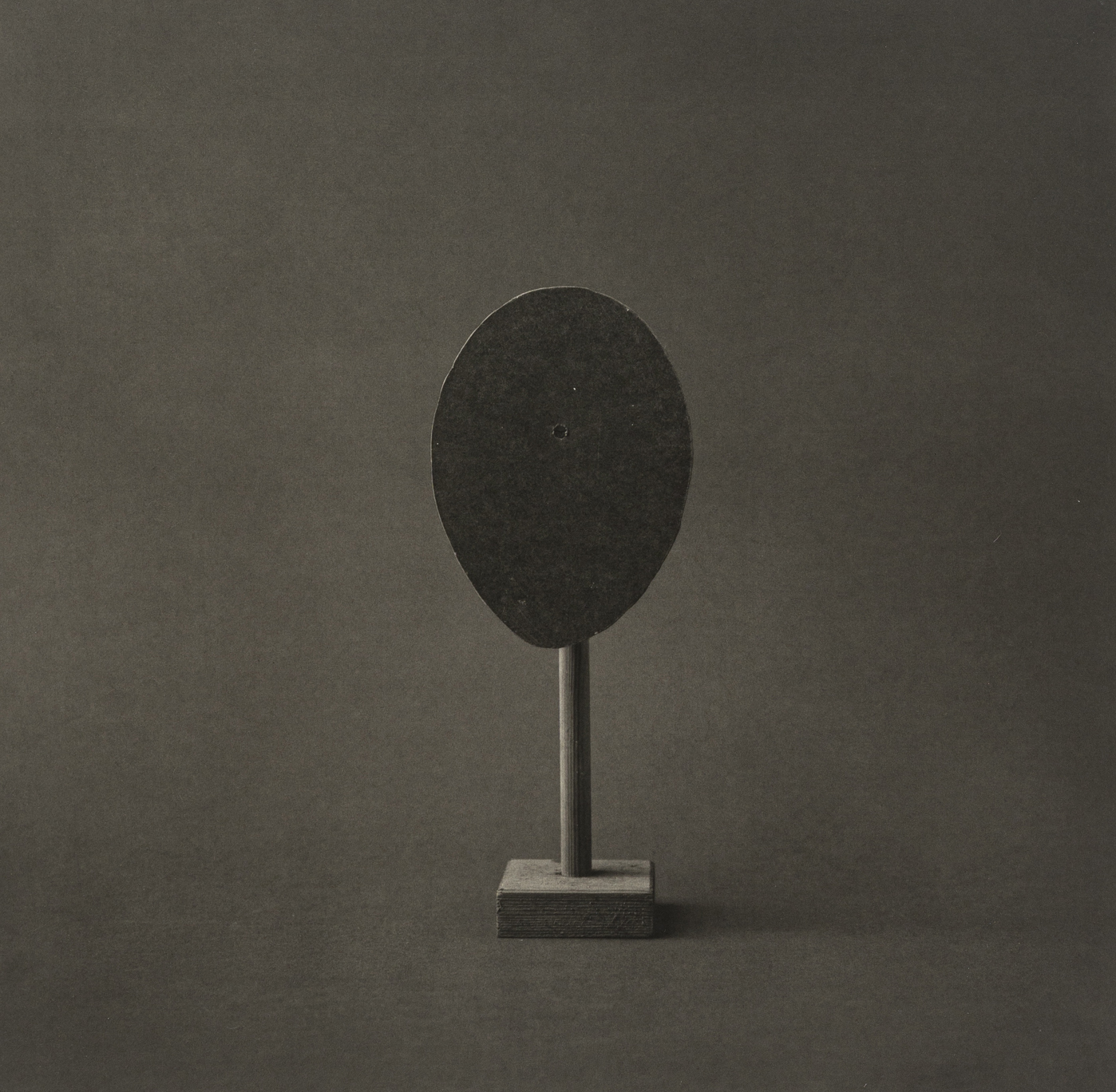
Trine Søndergaard, Blind Side I, 2023

In the Autumn of 2022, Trine Søndergaard undertook an artist residency on the picturesque Danish island of Bornholm. Situated in the middle of the Baltic Sea between Sweden, Germany and Poland, Bornholm is known for its natural beauty, as well as its artistic milieu. There is a remarkable number of artist studios scattered across such a small island, including the internationally renowned Royal Danish Academy’s Glass and Ceramic Workshop.
Søndergaard’s residency took place in the small fishing port of Gudhjem, on the island’s northern coast. She was hosted by the Danish Tennis Foundation1, which offers the use of a studio and accommodation to artists, writers and composers. During her stay, Søndergaard investigated historical textiles in the collection of the nearby Gudhjem Museum, which date back to the late 19th century. The collection included traditional women’s bonnets, which were often intricately constructed with embroidery and fine bead work, and worn to denote a woman’s status and identity within society. During her residency, Søndergaard focused on a selection of elaborate silk bows that were once typically used to adorn these bonnets.
1 The Danish Tennis Foundation is a charitable foundation
founded by the Olympic tennis player, author and social
debater Leif Sadi Rovsing, who lived from 1887-1977.
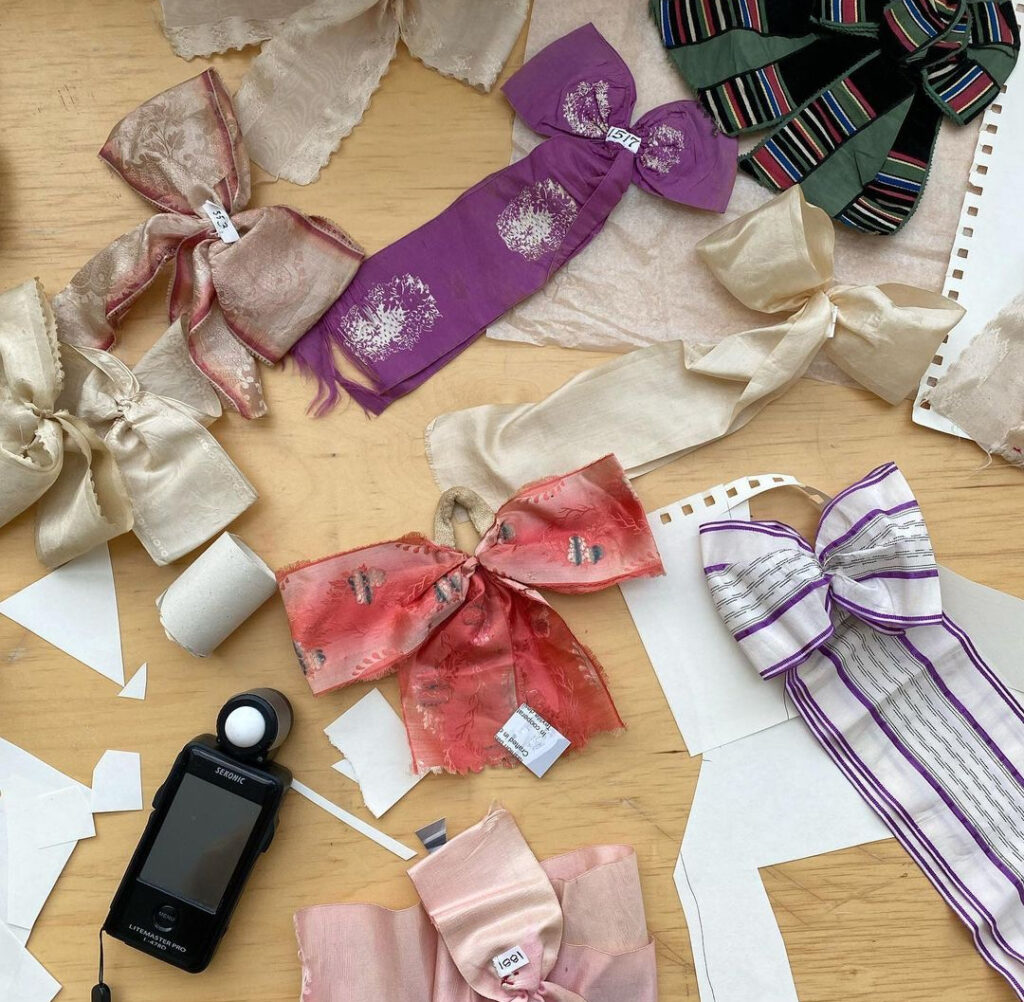


In the resulting series of photographs, her images of bows are greatly enlarged, and intended to float freely from the ceiling of an exhibition space. When seen at this scale, the fine details of the materials and craftsmanship of the bows become evident, as well as their ageing beauty. They are also museum objects laid bare, with their associated (usually hidden) labels of archiving and categorization on display. In isolating and recontextualizing these long-forgotten objects of femininity, Søndergaard draws attention to a local feminine history, as well as the more general notion of adornment communicating status and identity.
During her investigation of the Gudhjem Museum’s textile collection, Søndergaard also uncovered the associated stands, which are used to display bonnets in exhibitions. Hand made from simple, utilitarian materials, the stands are unassuming, functional objects and normally hidden beneath artifacts. Søndergaard borrowed one of the stands and photographed it in the studio without adornment, in black and white. The resulting images that form the series Blind Side are deceptively simple and offer a quiet repose for the viewer. Photographed from all sides, the stand is a mask-like, totemic object that recalls a modernist sculpture to be contemplated in its stillness and austerity. The stand could also be seen to represent a woman without adornment, without the clothes that denote her position in society, and thus Søndergaard’s images encourage the viewer to consider a woman’s true identity based her own merits rather than her status.
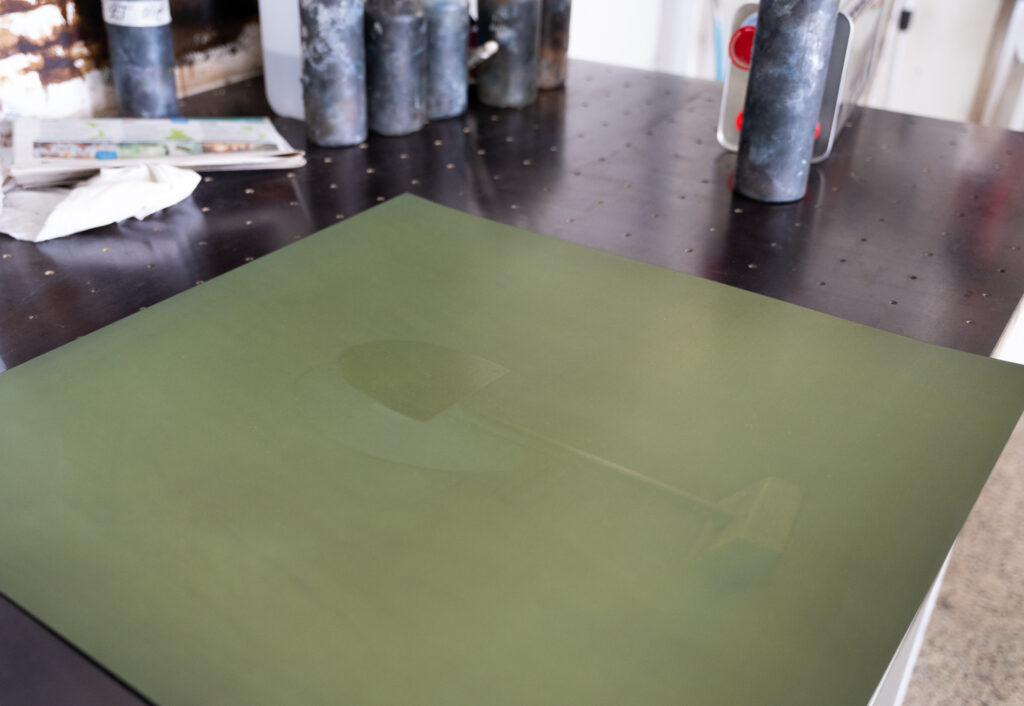
Søndergaard chose to work with BORCH Editions to make Blind Side in photogravure as she always envisaged the series to be in black and white, and the process of photogravure enables a rich array of muted grey tones that give the images a timeless quality. They are printed at human scale and invite an intimacy with the viewer as our own face is reflected in the grey oval of the stand. Each of the five prints in the series depicts a different viewpoint of the stand, so when the prints are seen together, it can be inspected from all angles.
The oval frontispiece of the bonnet stand is reminiscent of a hand-held mirror and quietly references Søndergaard’s earlier series of work ‘Untitled reflections’ from 2014-16 that featured young girls with their faces obscured by mirrors. The series Blind Side also references Søndergaard’s ongoing series from 2019 titled Hovedtøj, which are portraits of the heads and shoulders of women wearing traditional Danish lace or the elaborate bonnets, their faces averted. In Blind Side Søndergaard has stripped back her subject to the bare, internal structural elements, which are normally hidden from view. In doing so, she invites the viewer to consider what aspects of ourselves are on display and given priority and significance.
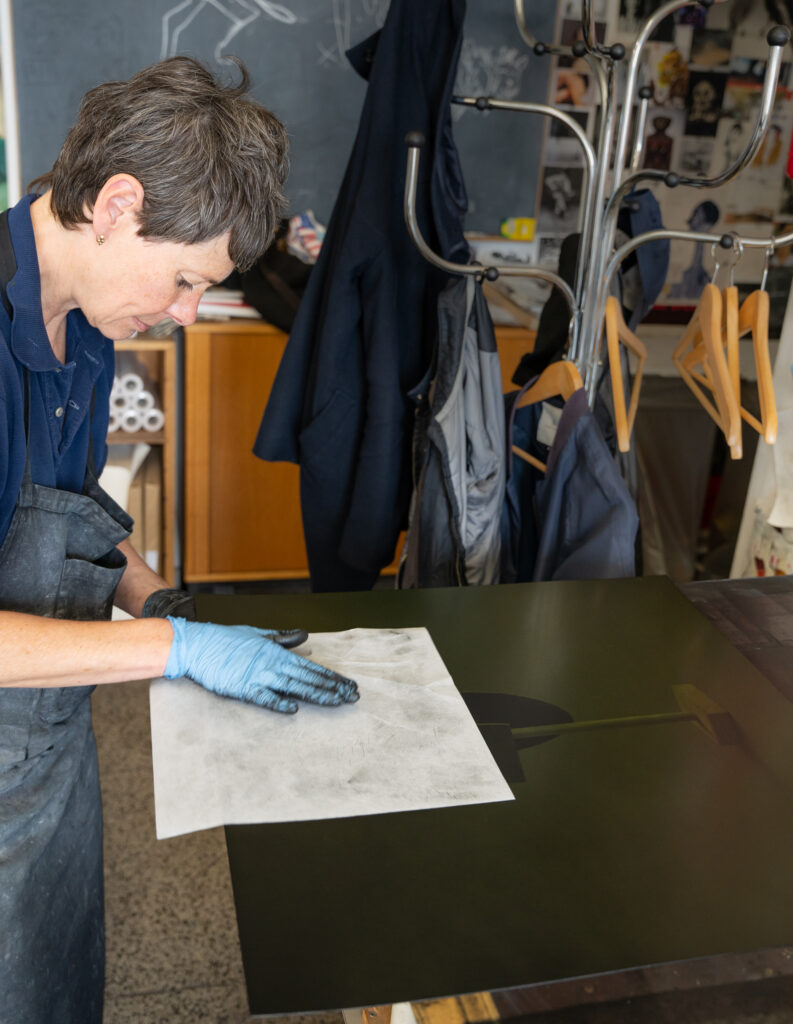
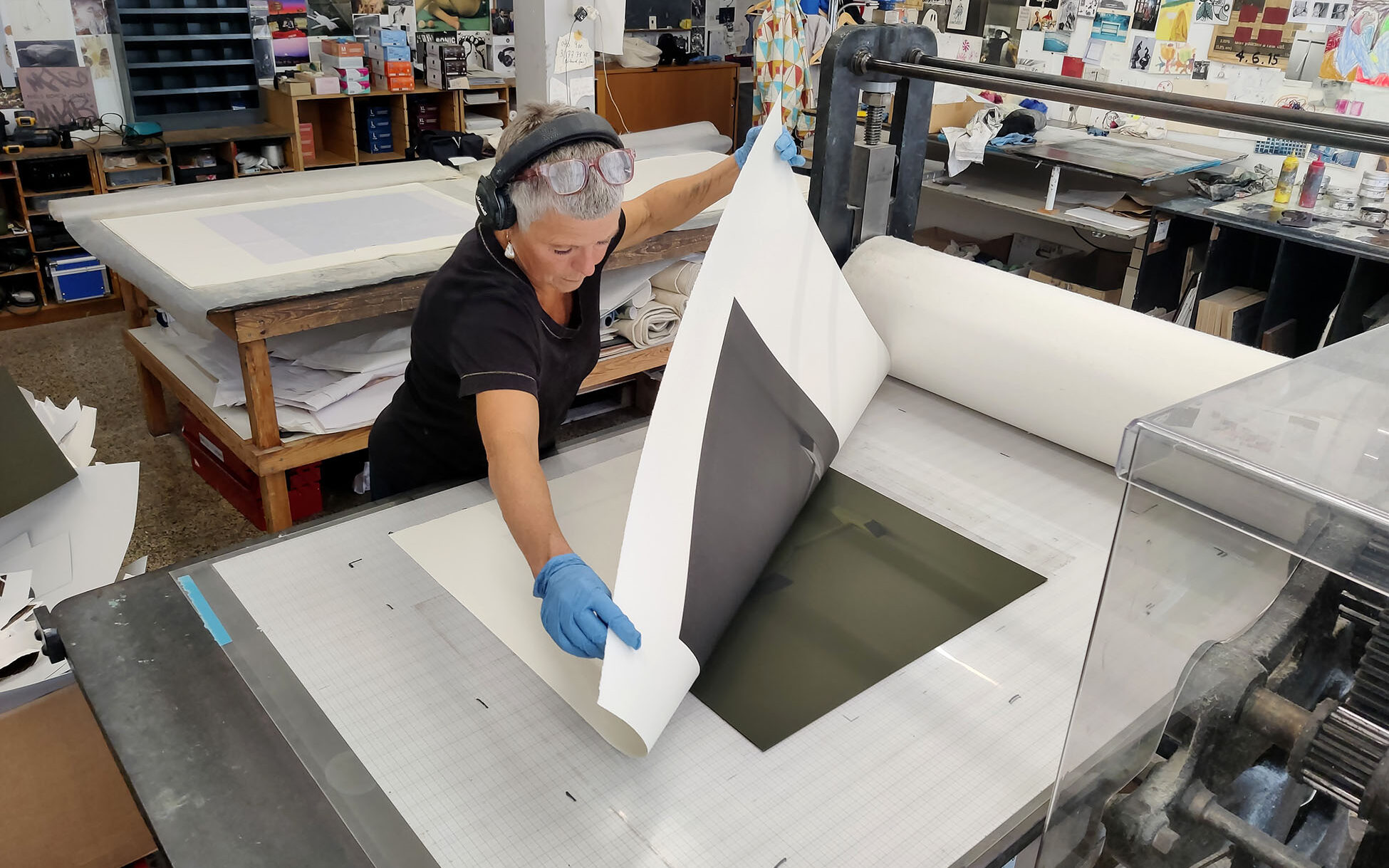
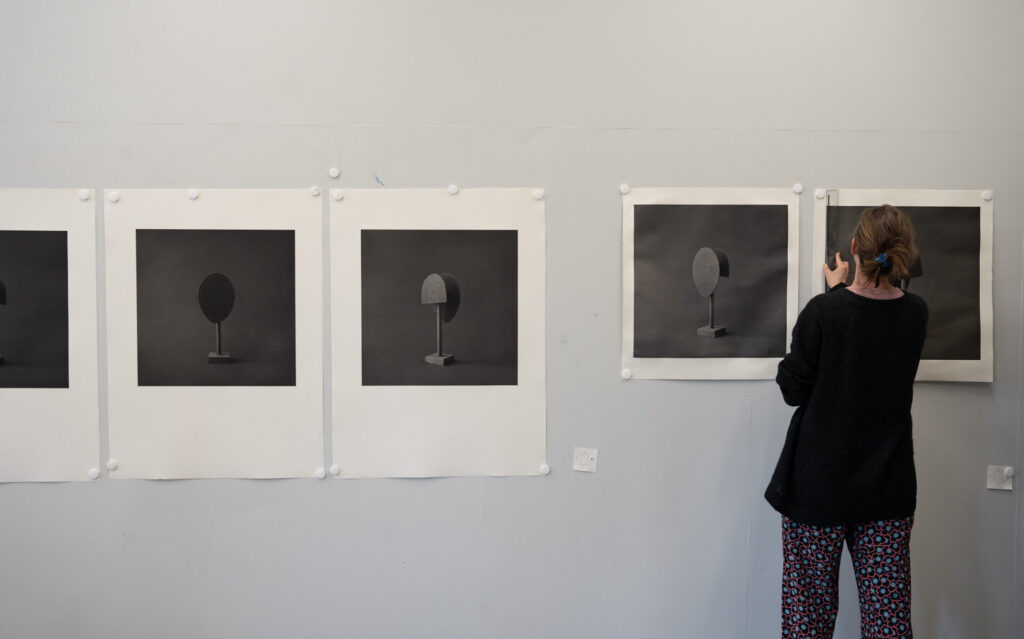
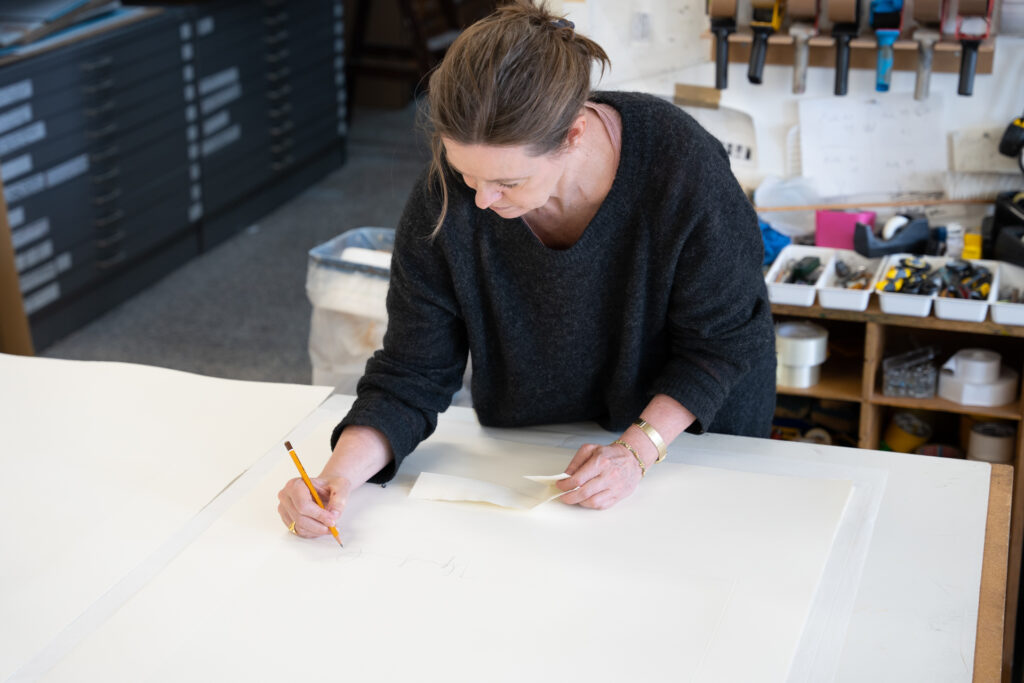
About Trine Søndergaard
Søndergaard is a photo-based artist whose works are marked by a precision and refined sensibility that co-exist with an investigation of the medium of photography itself, its boundaries and what constitutes an image. Her photography is grounded in an objective and documentary attitude, heightened through both reduction and poetic narratives.
A central theme in Trine Søndergaard’s oeuvre is vision and the gaze. She utilises circular visual poetics, in which motifs and phrases from earlier works create meaningful connections. This takes place in a spirit of both playfulness and contemplation, in a balance between the spontaneous and the precise, the planned and the accidental. Søndergaard’s work is layered with meaning and quiet emotion, and her work often revolves around existential questions that are equally personal and universal. Søndergaard’s work explores what it means to be human, and while her work is often initiated by a personal angle, it also contains an overall exploration of more general phenomas related to historical, cultural and gender related questions.
In 2000, Trine Søndergaard received the Albert Renger Patzsch Award and has since received numerous grants and fellowships, including a three-year working grant from the Danish Arts Foundation. Søndergaard’s work has been featured in many international group and solo exhibitions, most recently at The Danish Royal Library, Gammel Holtegaard and Gothenburg Museum of Art. She is represented in major public and private collections all over the world and has completed public commissions for both museums and cultural institutions.
Trine Søndergaard was born in 1972 in Grenå, and lives and works in Copenhagen, Denmark. She has been collaborating with BORCH Editions since 2006.
Learn more about Trine Søndergaard
